How to Practise Japanese by Playing Video Games Every Day
/Earlier this year, I was telling a friend about the various monthly challenges I set myself to practise Japanese.
“What are you going to do in July?”
“I might try writing every day, like a diary or something? Or I might watch Japanese TV every day…”
“Fran, watching TV every day doesn't really sound like a challenge.”
“…or I might play video games every day.”
“That definitely doesn't sound like a ‘challenge’ to me.”
“…all the more reason to do it, right?”
Who says challenges have to be challenging? I played Japanese video games for about 20 minutes a day for a month. Here’s what I learned: six reasons to play video games in a foreign language.
This is not really a “how to” post. I’m not going to tell you how to “learn Japanese in a week just by playing video games” or to claim this is a “quick route to fluency” (it’s not, namely because there is no quick route to fluency, just an endless and potentially very enjoyable road trip).
Instead, I’m just going to share some reflections on the very fun experience that was playing Japanese video games every day.
In July, I played the second and third Gyakuten Saiban (逆転裁判) games. (I’ve played games one and two before, a few years ago.)
The English title for the series is Ace Attorney. I mostly use the Japanese names here, because I play the games in Japanese, and I don’t know the English names.
I also played some bits of Life is Strange, another story-based game. Life is Strange isn’t a Japanese game, but as with a lot of video games, you can just switch the language to Japanese. But mostly I played a lot of Gyakuten Saiban, so I’ll talk about that here.
What is Gyakuten Saiban (Ace Attorney)?
Gyakuten Saiban is a Japanese visual novel adventure game based in and around courtrooms. In the games I played, you play as Naruhodō Ryūichi (his name in the English-language version is Phoenix Wright), a defence attorney who fights for justice for his clients.
Put simply, the aim is to win all the cases by shouting “objection!” at appropriate points, finding contradictions in evidence, and therefore ensuring your defendant is found “not guilty”.
What kind of language level is it?
The Gyakuten Saiban games are suitable for students of Japanese at the advanced level. If you’ve played the game in English before and have intermediate level Japanese, you could probably give it a good go.
If you’re a beginner, this one’s not for you. Try tabikaeru (旅かえる, ‘Travel Frog’) instead.
Practicalities
I started playing on Nintendo DS, but switched to playing the iOS port, on an old iPhone 5.
I played the game every day for at least 20 minutes, by putting the phone in my bag and playing it when I was waiting somewhere, on a bus, or having lunch. Probably, if I’d tried to play the DS every day, I would have forgotten and left it at home.
I don’t really like phone games, but the iPhone has no connectivity. So it functions as a little hand-held, and without the distraction of phone notifications going off.
Six Great Things About Playing Japanese Visual Novel Games
1) Vocabulary you would not otherwise encounter
Just off the top of my head, here is a short and incomplete list of words I have learned from playing Gyakuten Saiban:
検事 けんじ public prosecutor
異議 いぎ objection
刑事 けいじ police detective
拘置所 こうちしょ prison
裁判所 さいばんしょ court
裁判官 さいばんかん judge
矛盾 むじゅん contradiction, inconsistency
逆転 ぎゃくてん turn-around, reversal
This is not useful vocabulary for my day-to-day life (unless I have a run-in with the Japanese judicial system anytime soon).
But it’s precisely because this vocabulary is not particularly common, that I hadn’t encountered it before.
Just like books, video games introduce you to new and interesting vocabulary you might not encounter in everyday life.
And sometimes, understanding that vocabulary will be entirely necessary in order to progress in the game…
2) Solving riddles
The great thing about Gyakuten Saiban, from a language-learning perspective, is that the gameplay mostly revolves around finding contradictions in evidence.
For example, a witness on the stand says they saw the victim being stabbed in the chest. But the autopsy result shows that the victim was stabbed in the back!
In order to move on in the game, you have to find this contradiction and present the evidence in order to show that the witness is lying.
You don’t need to understand everything that’s going on at all times, but you do need to understand (in this example) the words for “chest”, “back”, “cause of death” etc.
In this way, playing a text-based video game in Japanese is a little like taking a test (a really fun one). The game is testing your understanding of what’s going on. If you don't understand, you can’t go any further.
3) A non-boring way to learn vocabulary
Video games are a great way to learn new vocabulary in a fairly natural way.
Let’s look at another example from Gyakuten Saiban. You’re examining a crime scene. You select an item in the scene, and the game tells you what that item is called. If the item is useful, you’ll probably see it again, and its name will be mentioned again and again, cementing the word in your mind.
If it’s not a useful item in the game, you might not see it again, but that’s ok too. We’re here to play the game, not to memorise a boring list of useless vocabulary.
And if the word is one that the writers think may be unfamiliar to the player, there’s usually a younger character around to help out…
4) The younger assistant role
Naruhodo, the main character, has an assistant and friend named Mayoi (Maya, in the English version).
Shu Takumi, creator of the games, explained the presence of Mayoi as follows:
“I thought that, rather than investigating alone, it would be more fun for the player to have someone with them from whom they could get advice.”
(Source)
Mayoi is a great character – a good friend to Naruhodo, and a really fun sidekick character. Their interactions are one of my favourite things about the games. She’s also young and sometimes naïve, which means she serves an important practical purpose.
She asks Naruhodo how names and difficult kanji are read. And when new or difficult concepts come up, Mayoi is there to ask what things mean and to require explanation. This is super helpful.
5) Video games are basically books
Gyakuten Saiban is a visual novel game. There’s really quite a lot of reading required.
But the text is accompanied by visual explanations – pictures and animated sequences, so I think it’s easier to understand than a conventional novel.
And compared to most books, it’s very dialogue-heavy. Almost all of the text is dialogue. That’s good, because dialogue is how people speak.
You can learn a lot by reading narrative stories, but you won’t learn how people speak unless you’re exposed to a lot of dialogue and conversation.
6) You don’t have to understand everything
This game is very pun-heavy. Honestly, I don’t get all the puns. But that’s ok. When you learn a foreign language, you need to be prepared to not understand everything. I probably wouldn't get all the puns in English either.
As Katie Harris from Joy of Languages puts it:
“Tolerate ambiguity. When you’re listening in a foreign language, you’re going to spend a lot of time not getting stuff – that’s normal. If you have a tendency to get frustrated when you don’t understand things, you’re going to make life unnecessarily difficult for yourself. Accept ambiguity as a natural part of language learning and you’ll be able to remain calm and keep moving forward.”
(from Improve Your Listening in a Foreign Language - The Ultimate Guide)
Katie’s talking about listening, but I think we could confidently swap out “reading” here and the idea definitely still applies. Not understanding everything you read and see is totally normal.
…and if you get really stuck, there’s always the walkthrough.
There’s another word I learned:
攻略 こうりゃく walkthrough
I really might watch TV every day in September, though. Who says challenges have to be challenging…?
(Top image source: Nintendo)










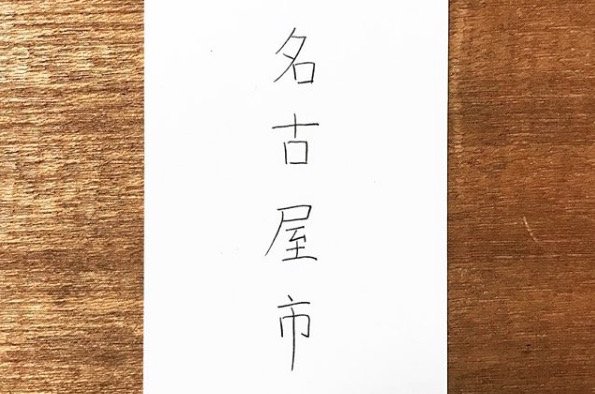

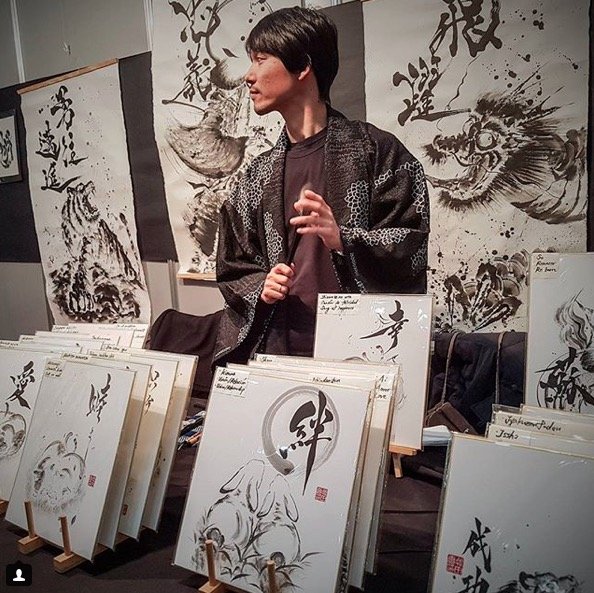
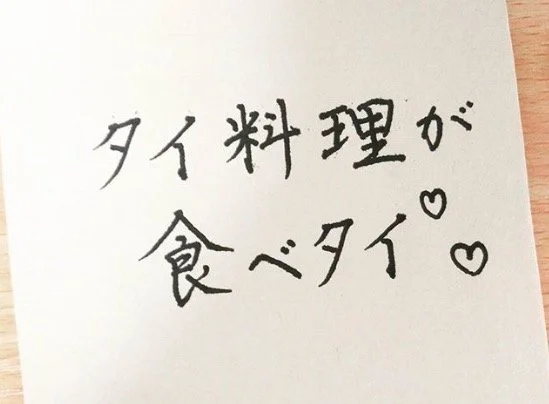

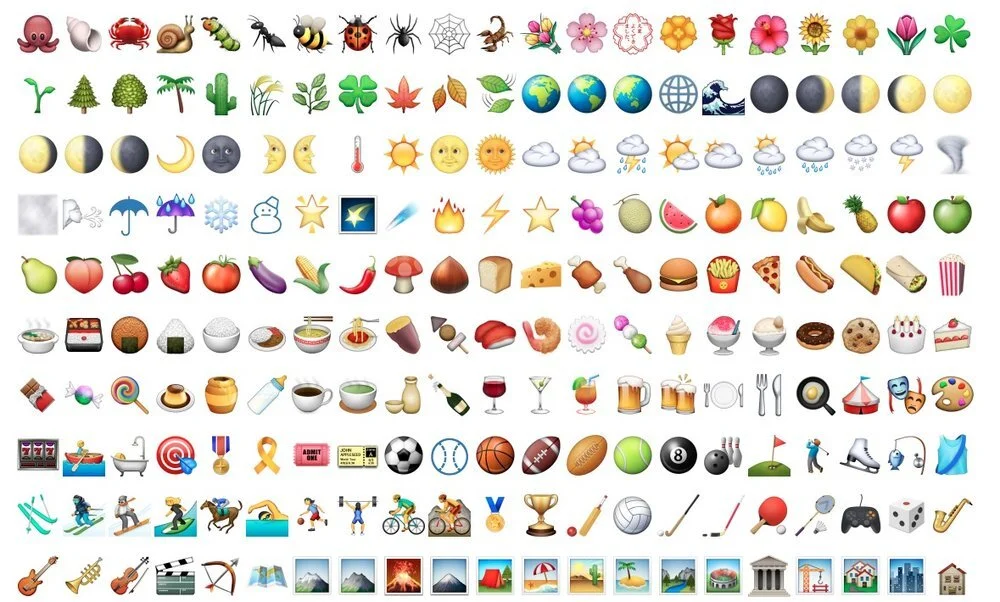





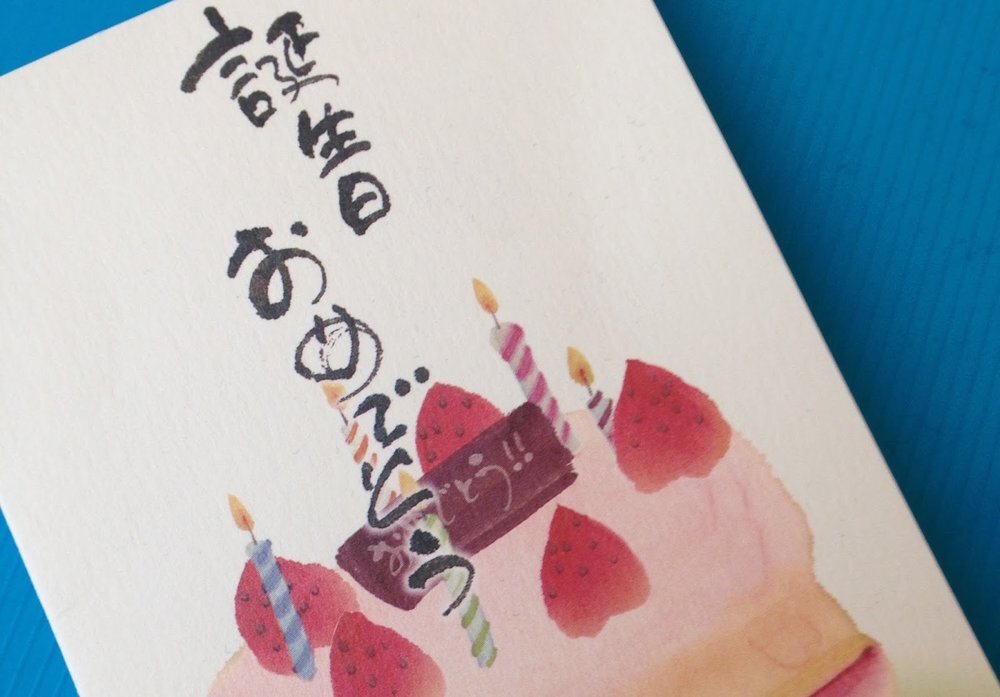














Like many people in the UK, I studied French in school. I liked French. I thought it was really fun to speak another language, to talk with people, and to try and listen to what was going on in a new country. (Still do!)
When I was 14 we went on a school exchange to the city of Reims, in northeastern France. I was paired with a boy, which I’m sure some 14-year-olds would find very exciting but which I found unbearably awkward. He was very sweet and we completely ignored each other.
That was nearly 20 years ago, and I didn’t learn or use any more French until, at some point in lockdown, I decided on a whim to take some one-to-one lessons with online teachers. Here are some things I learned about French, about language learning, and about myself.